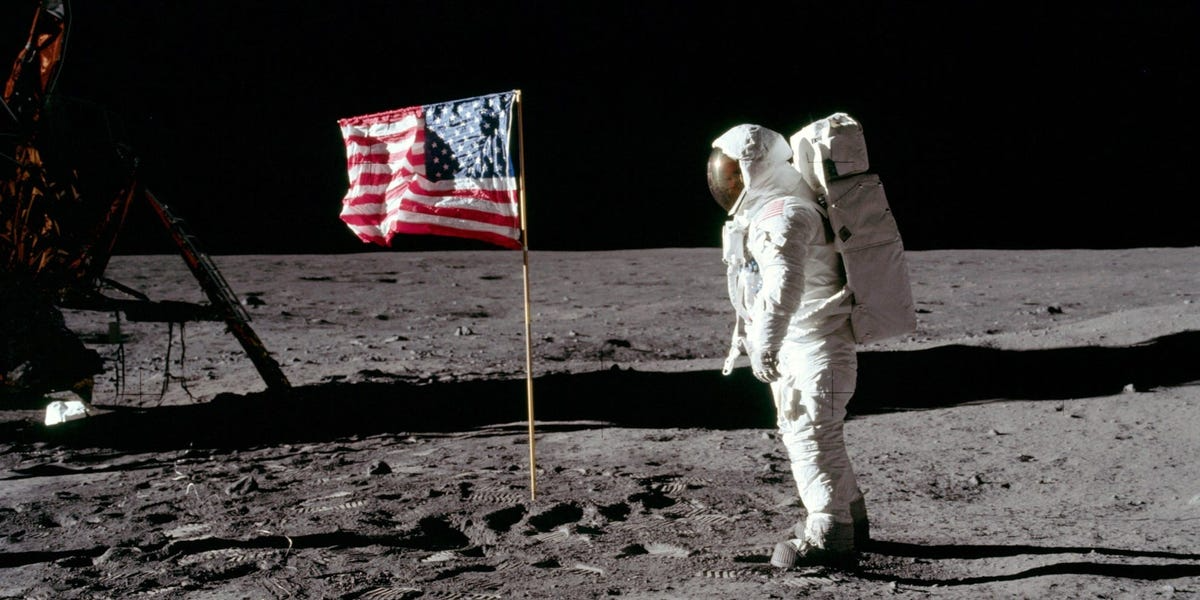America returns spaceship to the Moon, a private sector first
For the first time since the Apollo era, an American spacecraft has successfully landed on the Moon. The unmanned commercial robot named Odysseus, developed by Houston-based Intuitive Machines and funded by NASA, touched down near the lunar south pole at 2323 GMT on Thursday. The final descent was tense, requiring flight controllers to switch to an experimental landing system, and it took several minutes to establish radio contact after landing.
NASA administrator Bill Nelson expressed the significance of this achievement, stating, “Today, for the first time in more than a half-century, the US has returned to the Moon.” He highlighted that this marks the first time in human history that a commercial American company has led a voyage to the lunar surface.
The Odysseus mission faced challenges, including troubleshooting communication issues and implementing an experimental laser guidance system due to a failed onboard navigation system. After confirming the robot’s upright position and successful data transmission, the team is working to downlink the first images from the lunar surface.
Click Here to Join On WhatsApp
This successful lunar landing follows a recent failure by another American company, emphasizing the importance of demonstrating the capability of the private industry in repeating a feat last achieved by NASA during the Apollo 17 mission in 1972.
Odysseus landed in Malapert A, an impact crater 300 kilometers from the lunar south pole, contributing to NASA’s goal of establishing a long-term presence on the Moon. The mission aims to study environmental conditions in the south pole, crucial for future crewed missions. NASA’s first crewed mission to the region is scheduled for 2026, while China, a geopolitical rival, plans its crewed mission to the Moon in 2030, signaling a new era of space competition.
The hexagon-shaped Odysseus, comparable in size to a large golf cart, launched on a SpaceX Falcon 9 rocket from Florida on February 15. It carries six NASA science instruments to investigate lunar surface changes, including cameras and devices to analyze charged dust particles. NASA paid Intuitive Machines $118 million for shipping its hardware under the Commercial Lunar Payload Services (CLPS) initiative, fostering private-sector involvement in lunar exploration.
This successful mission represents a significant step forward in lunar exploration and sets the stage for future endeavors, including the possibility of establishing a lunar presence for resource utilization and preparation for missions to Mars.
Table of Contents
Read Also ਸ਼ੰਭੂ ਬਾਰਡਰ ਉਤੇ ਹਲਚਲ ਤੇਜ਼, ਪੁਲਿਸ ਨੇ ਦਾਗੇ ਅੱਥਰੂ ਗੈਸ ਦੇ ਗੋਲੇ
Welcome to TheStorySpeaker, your go-to destination for the latest and most insightful news articles. Join our community of knowledge seekers and stay ahead in the fast-paced world of news. Don’t forget to show your support for independent journalism!





